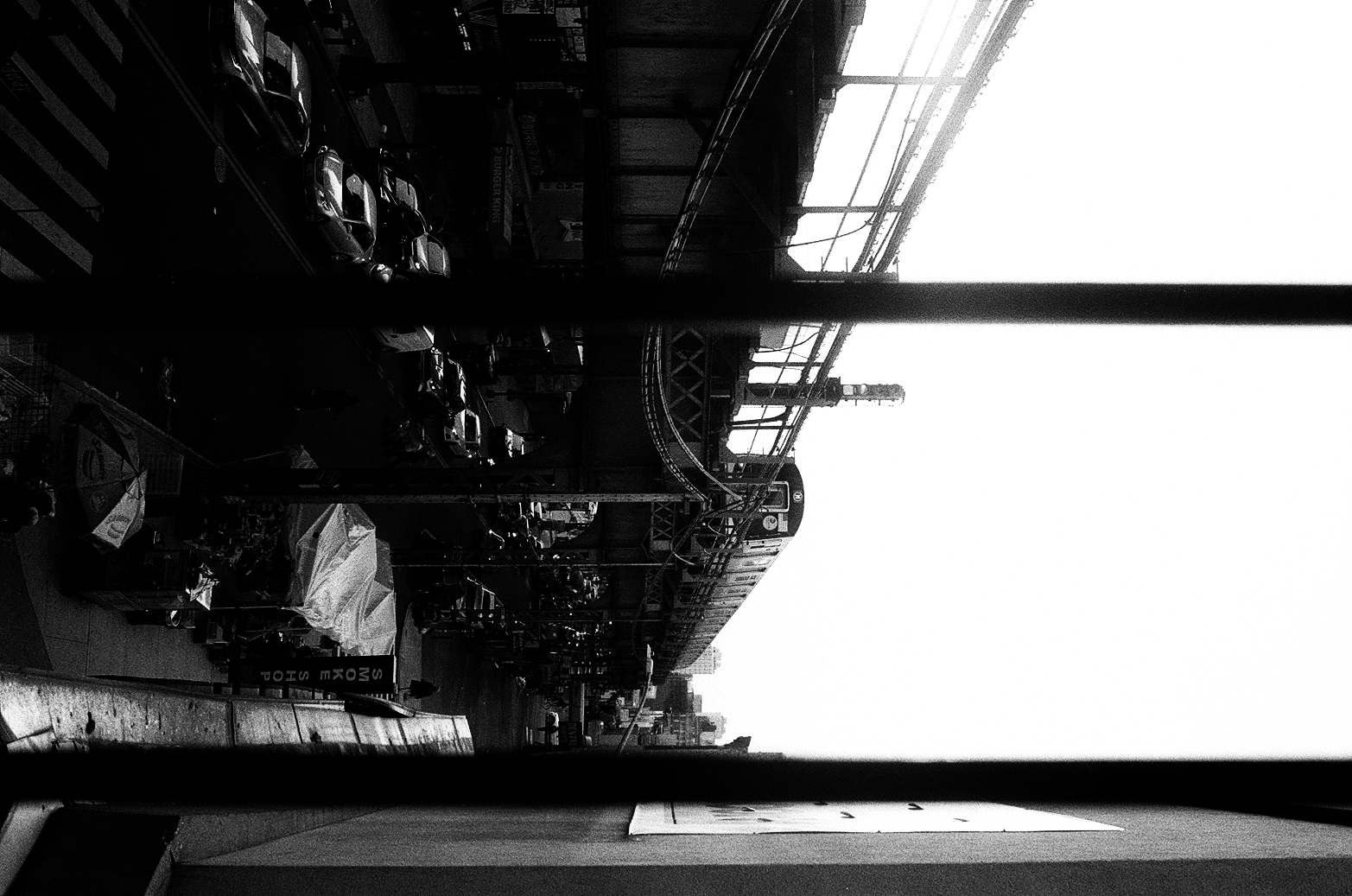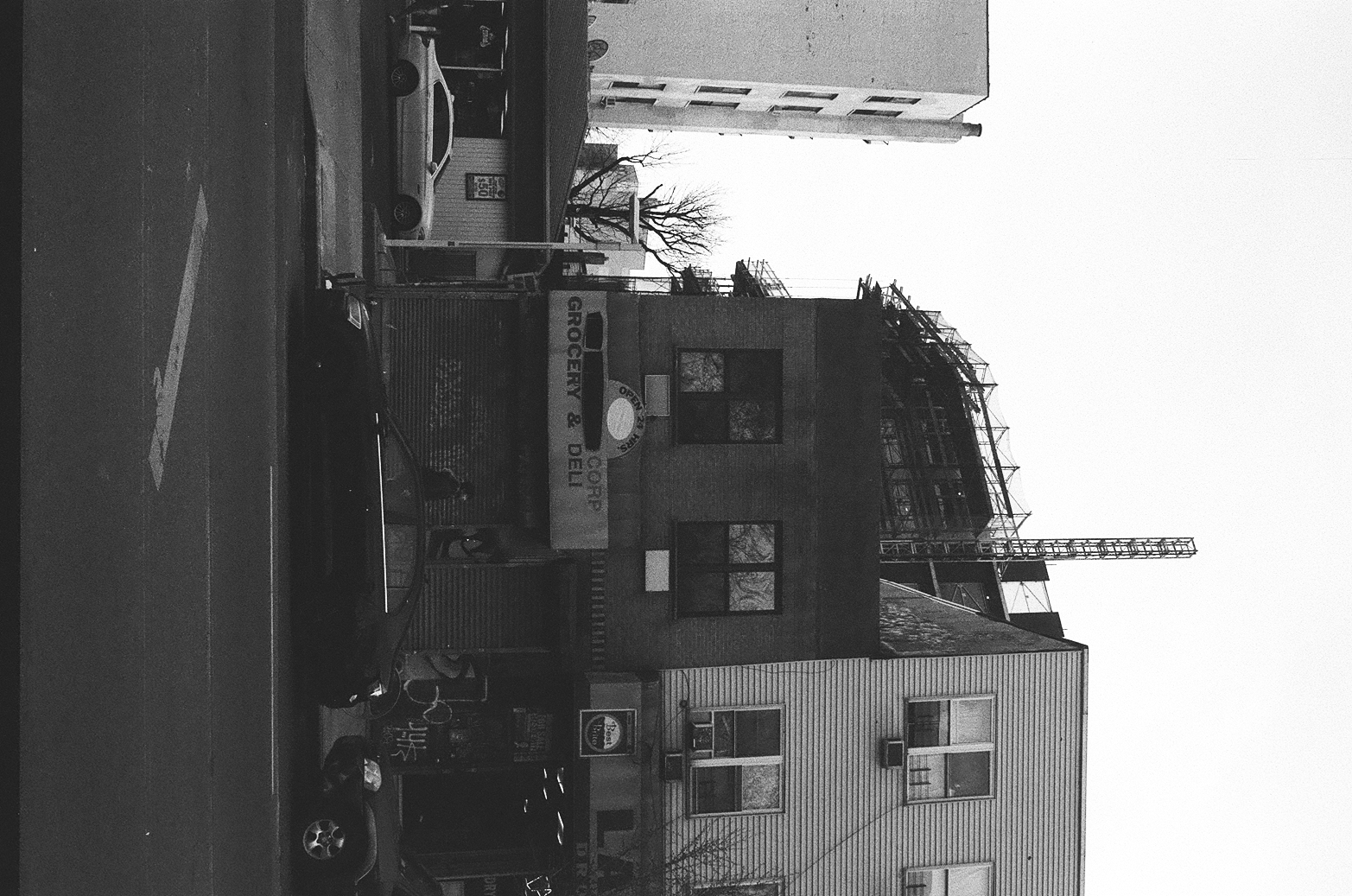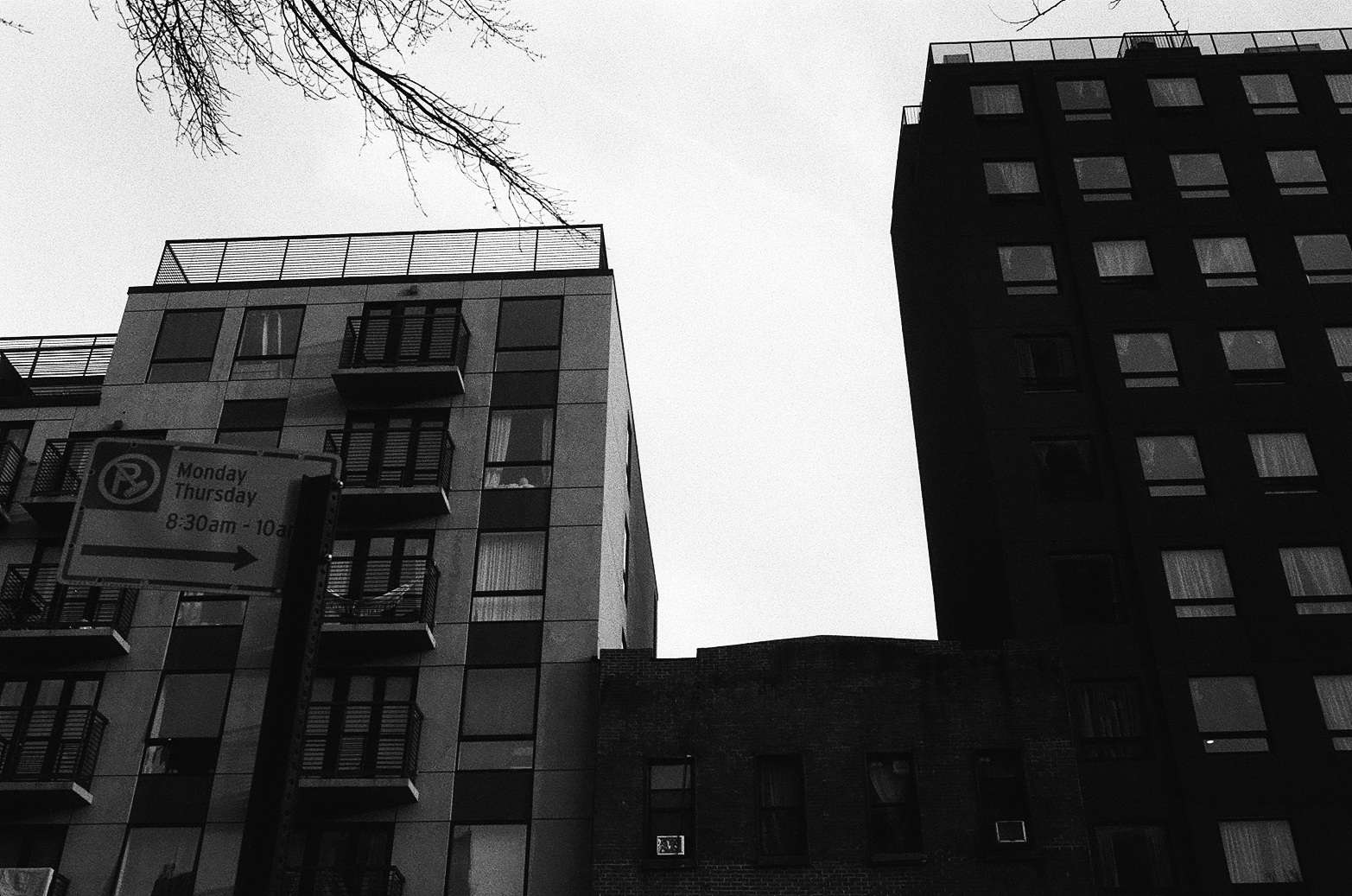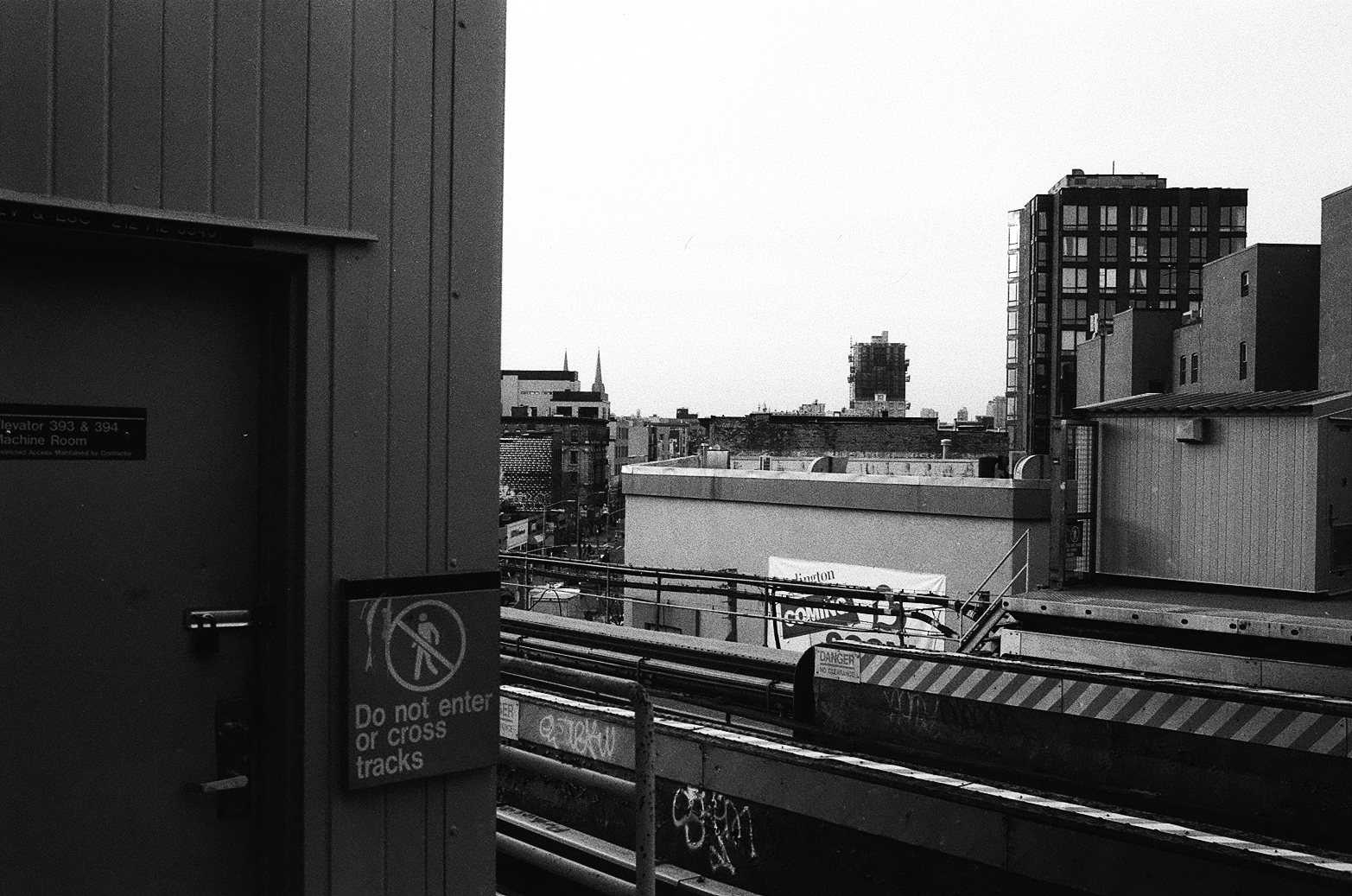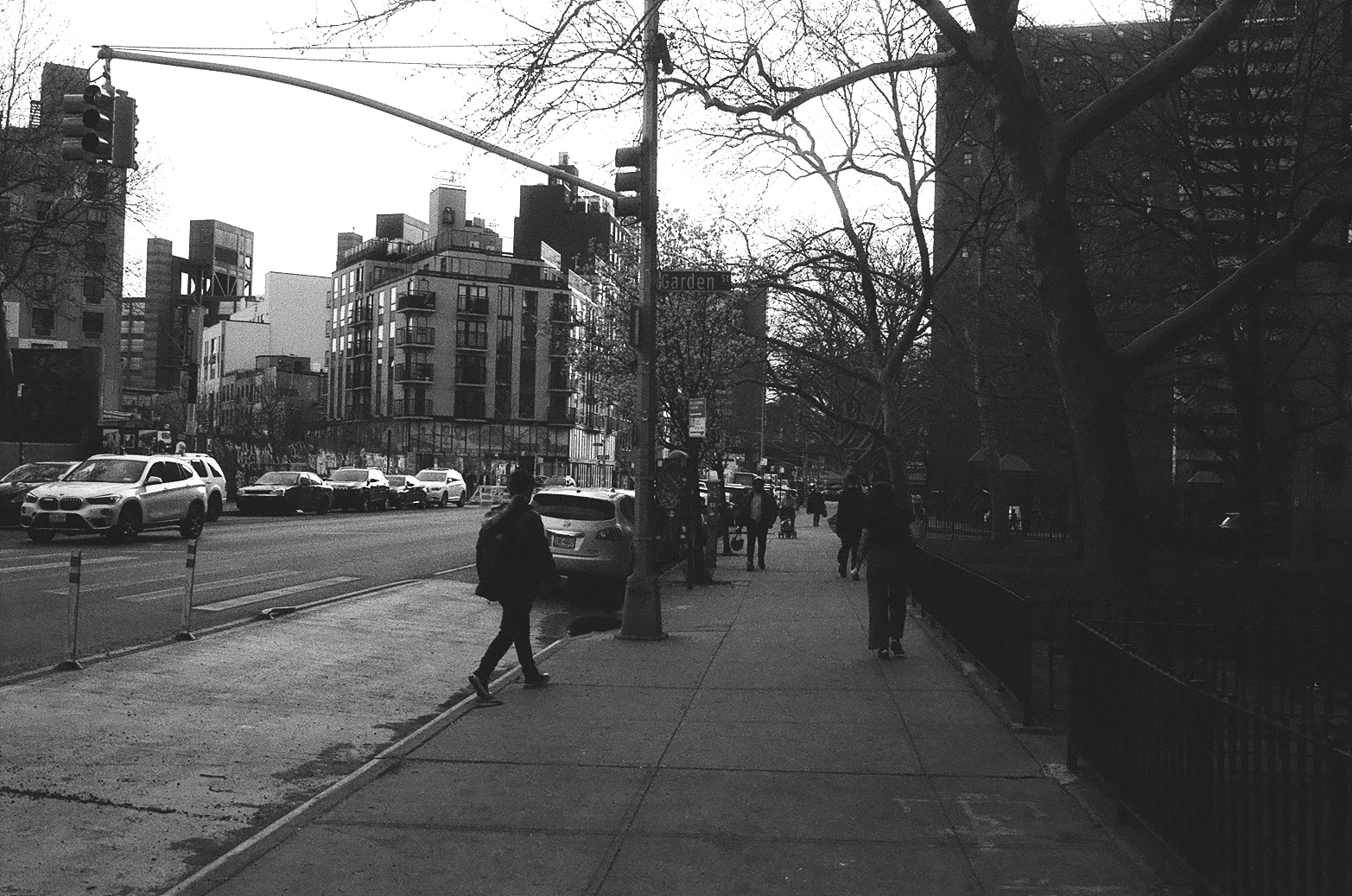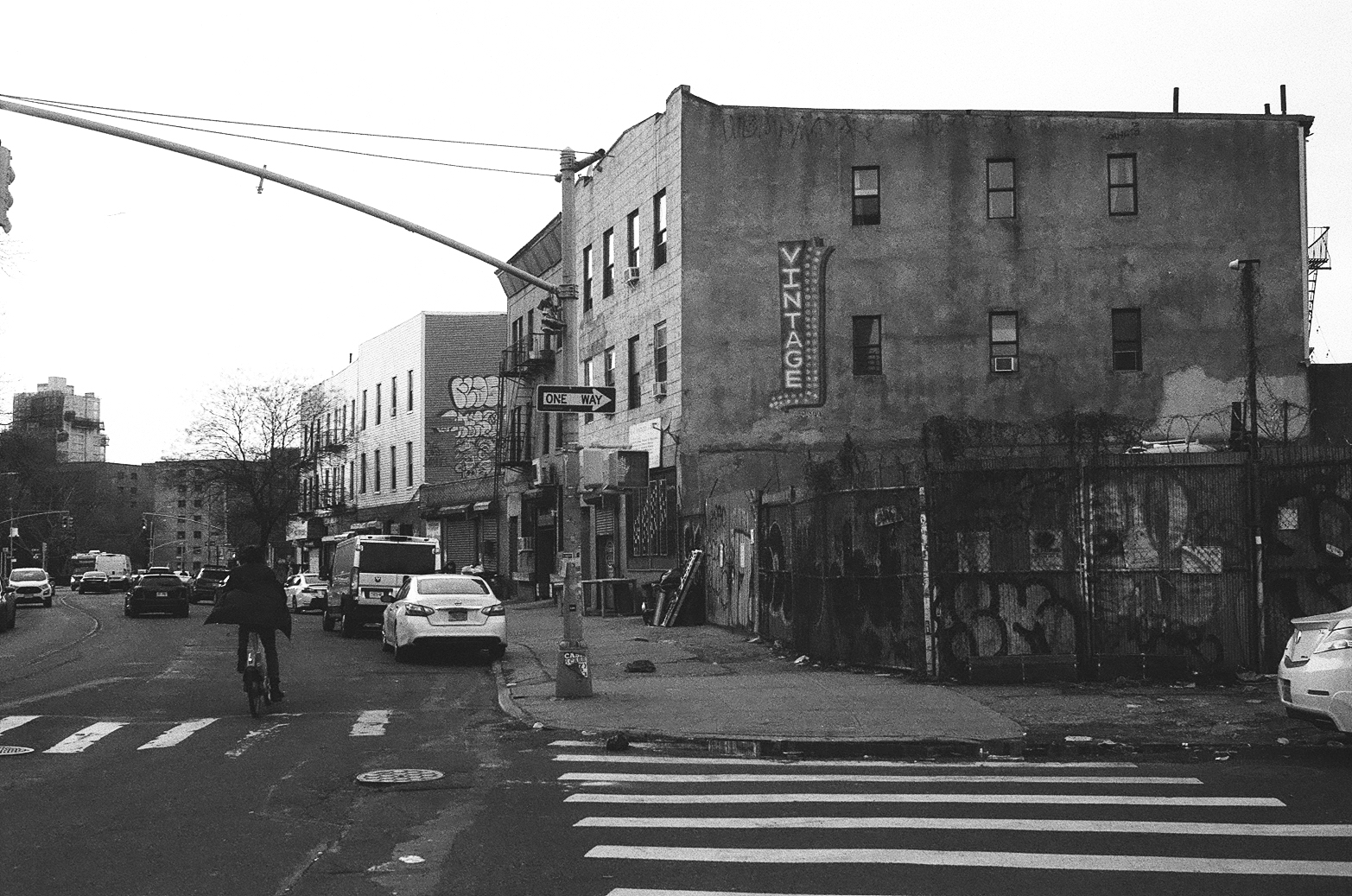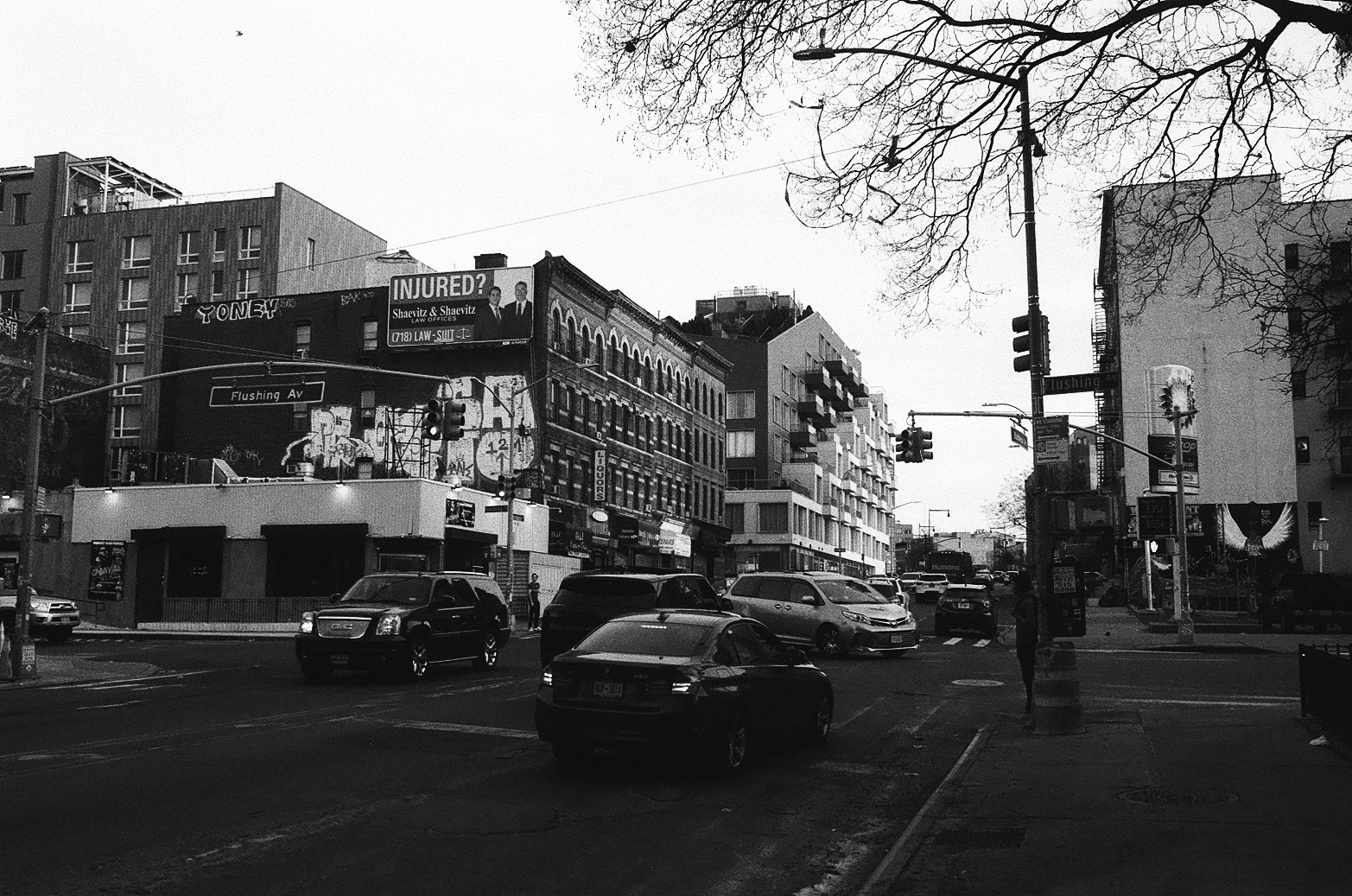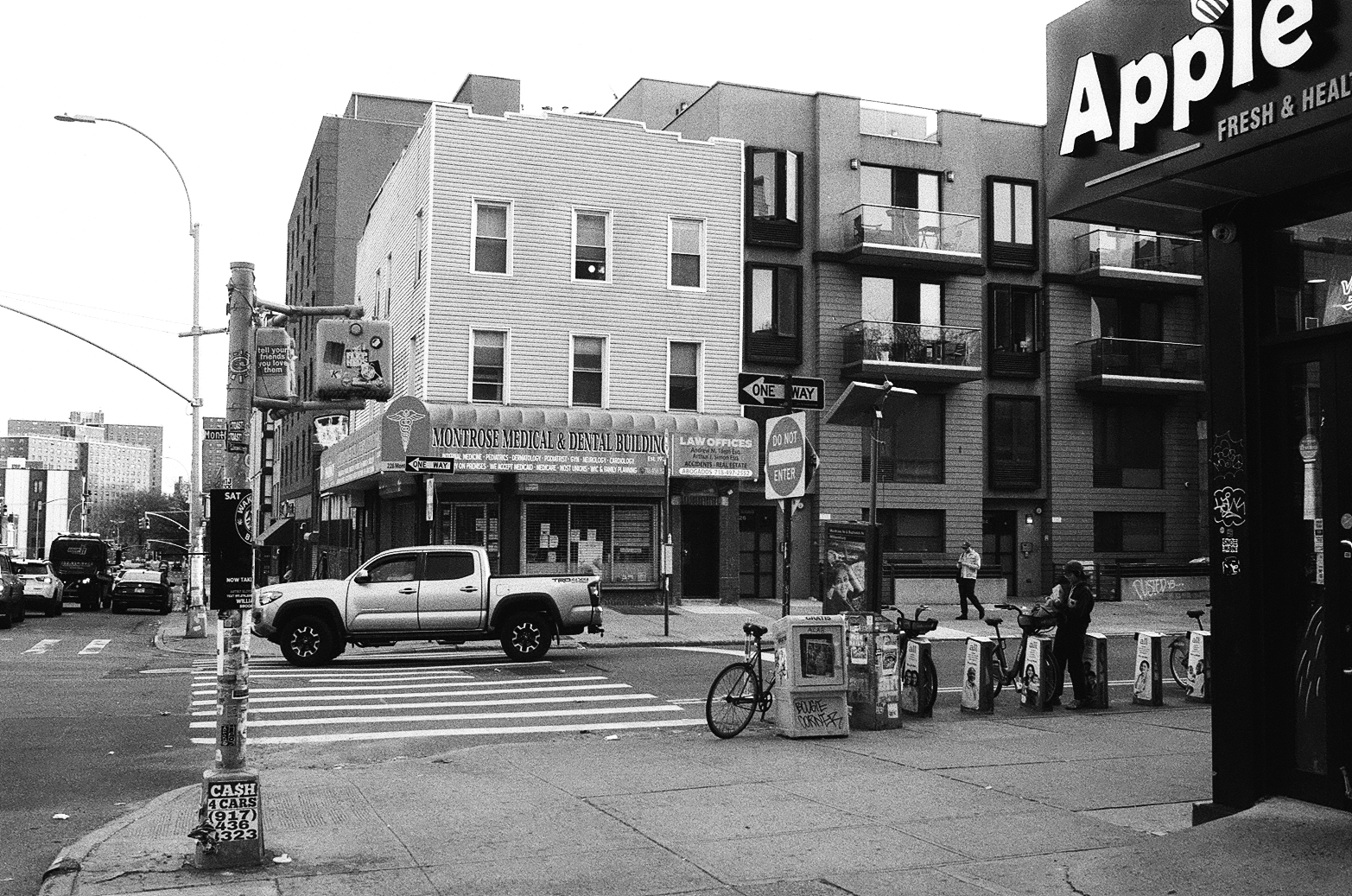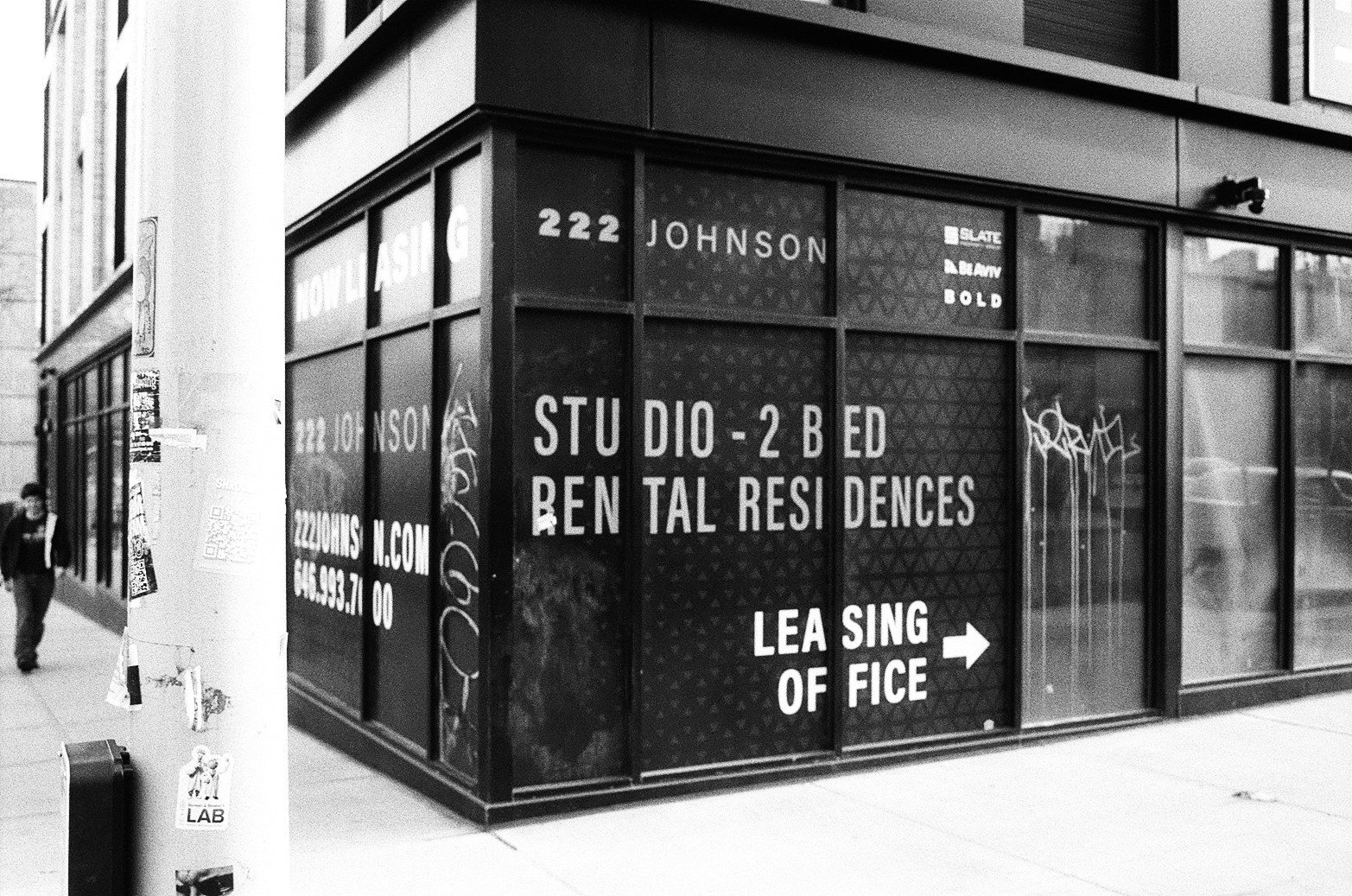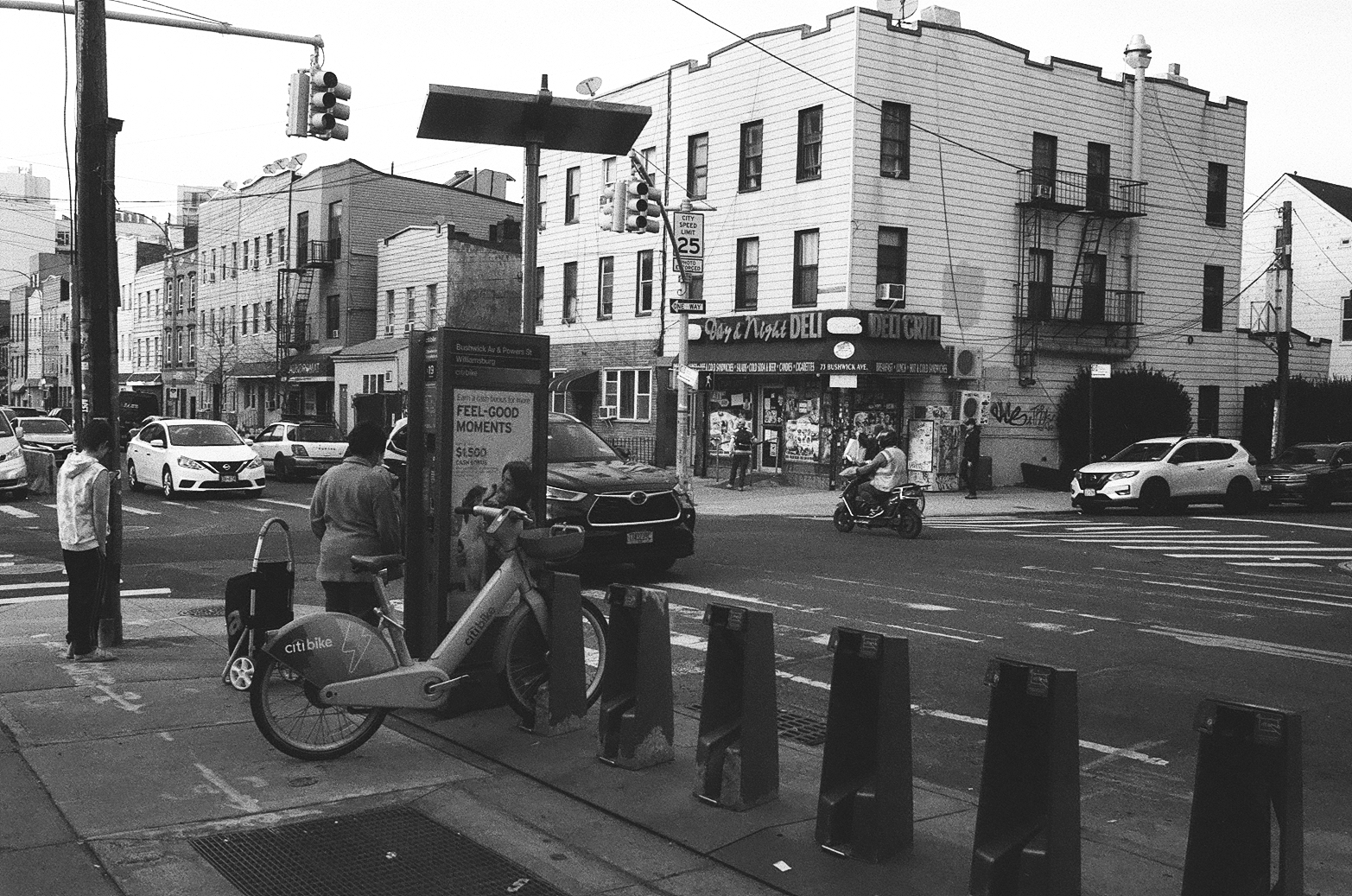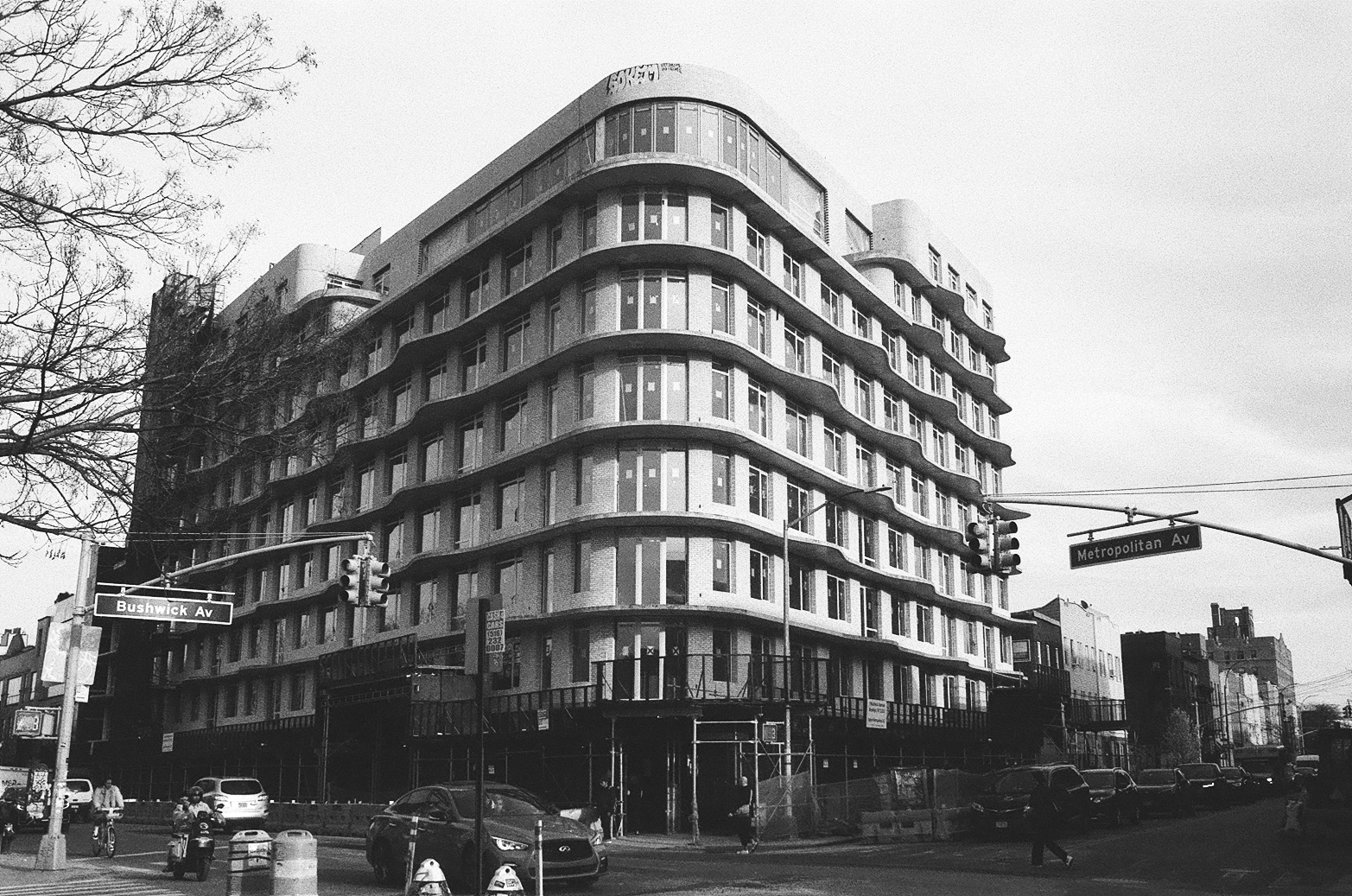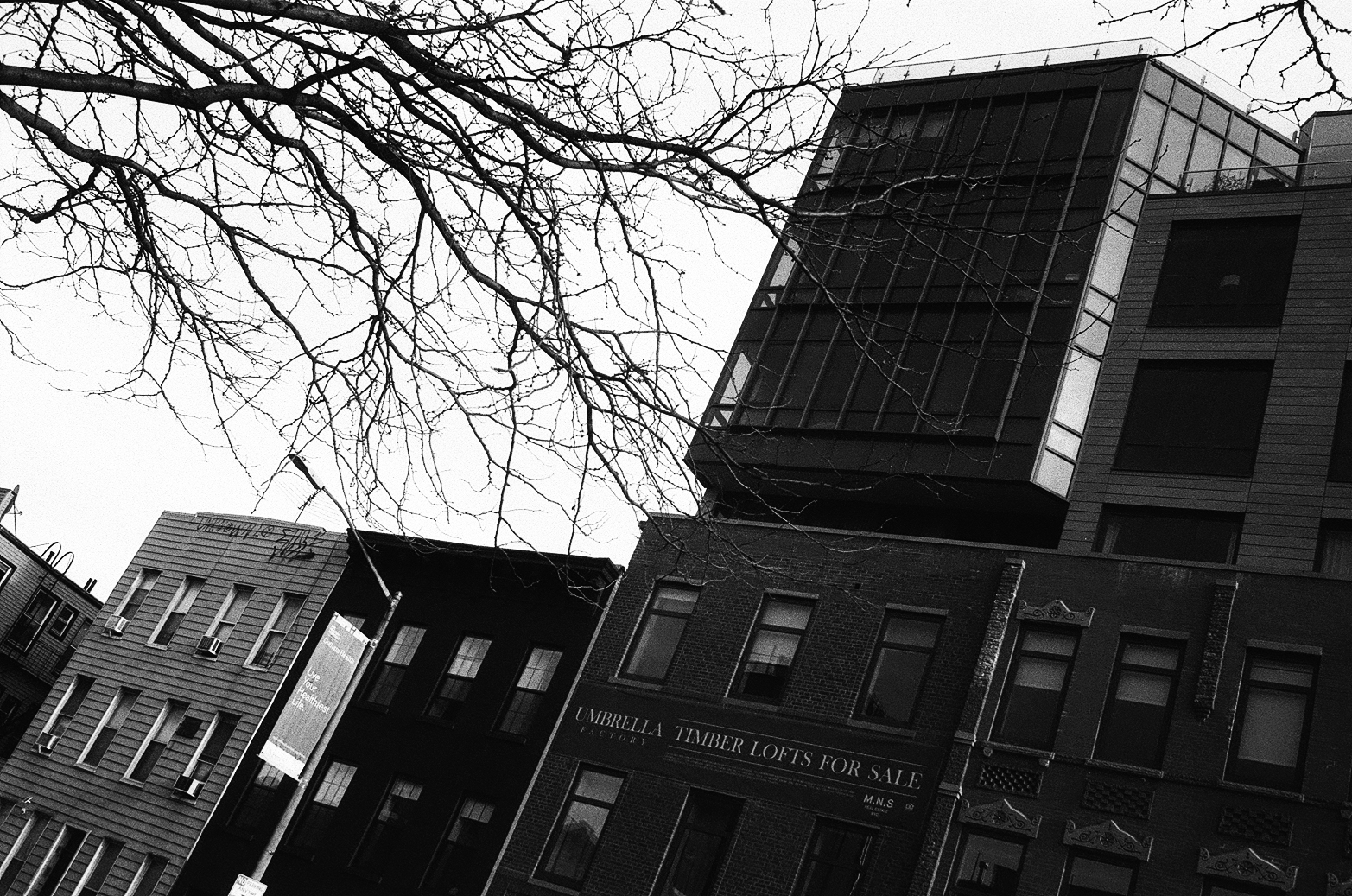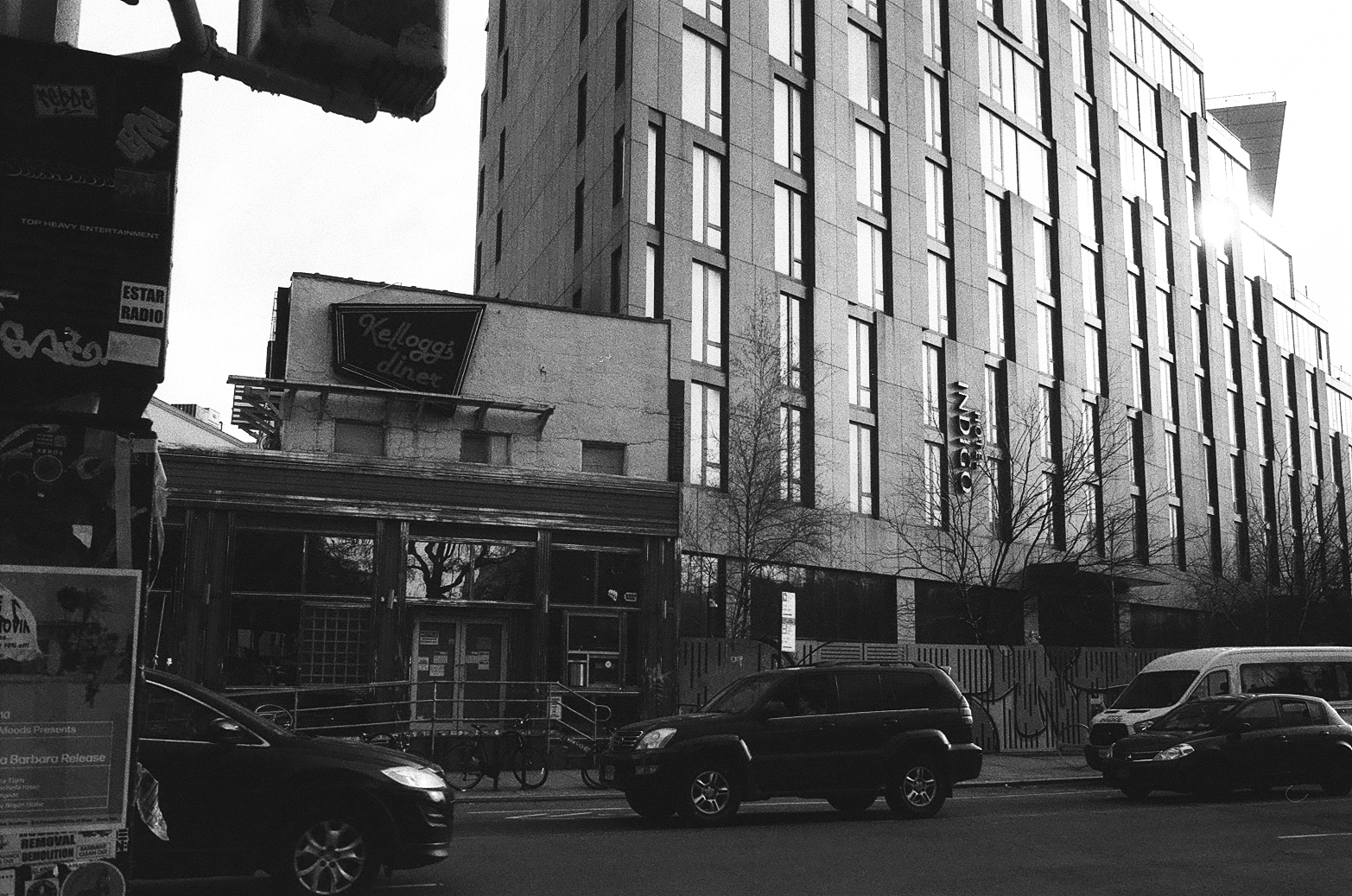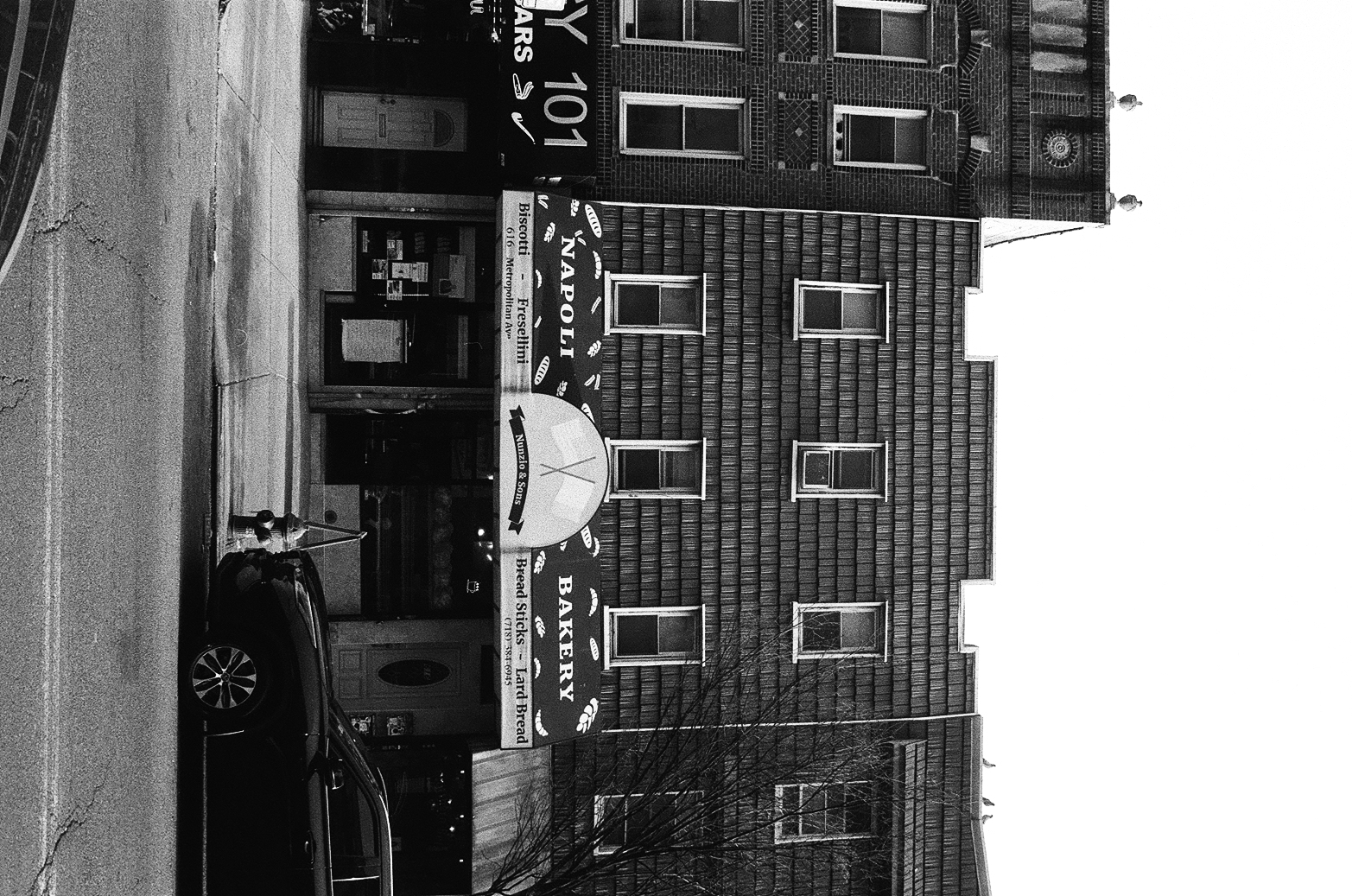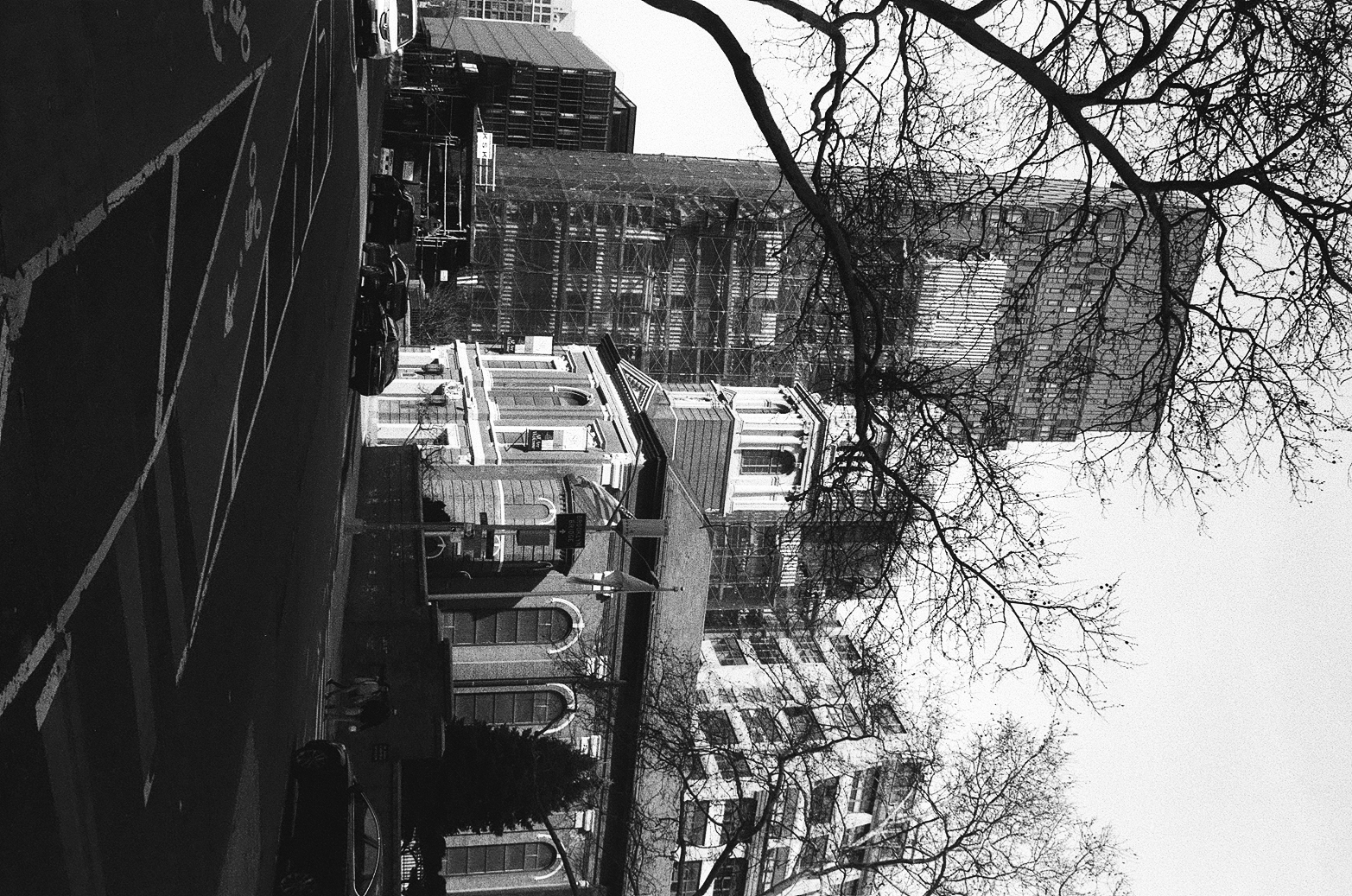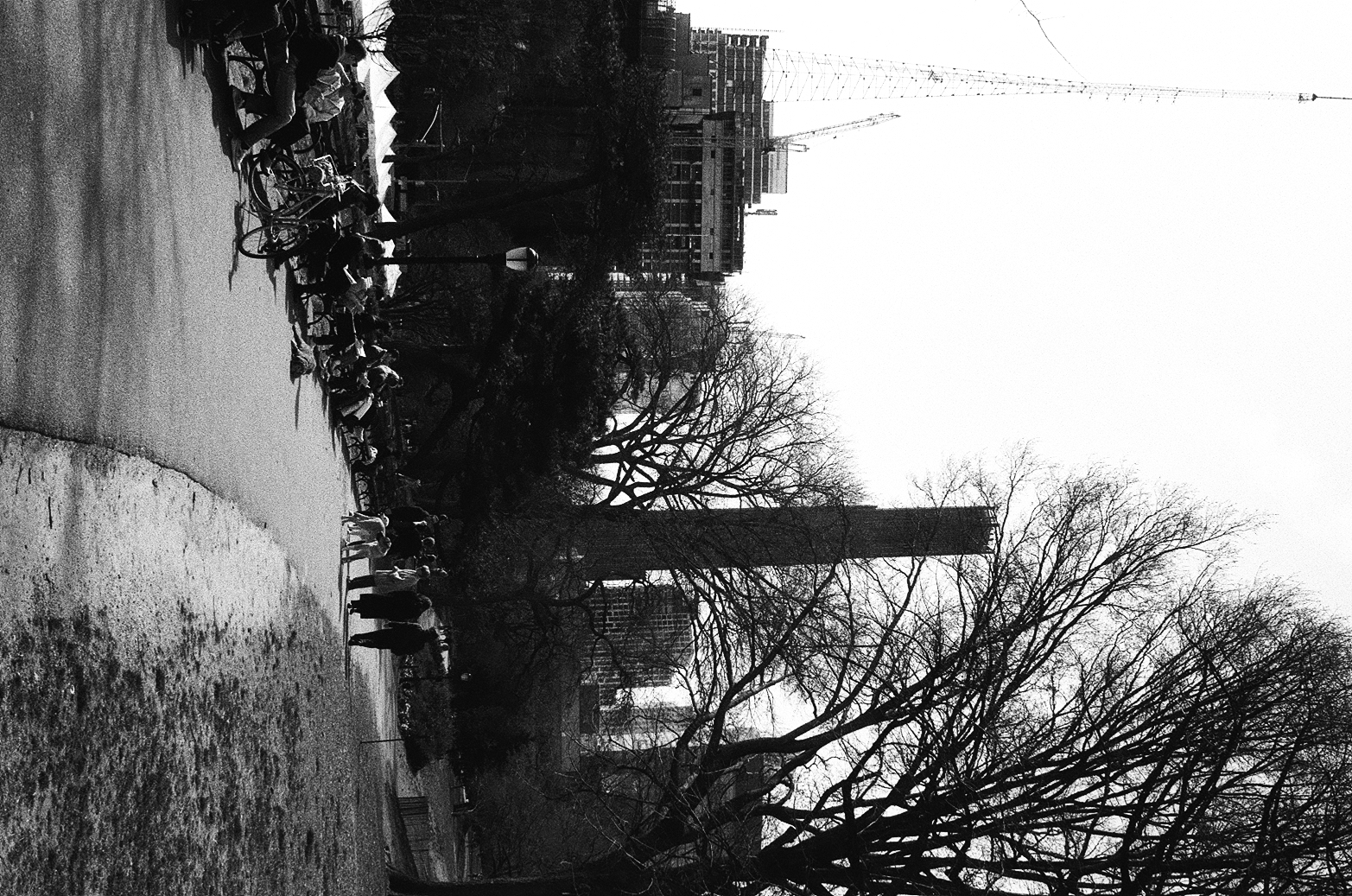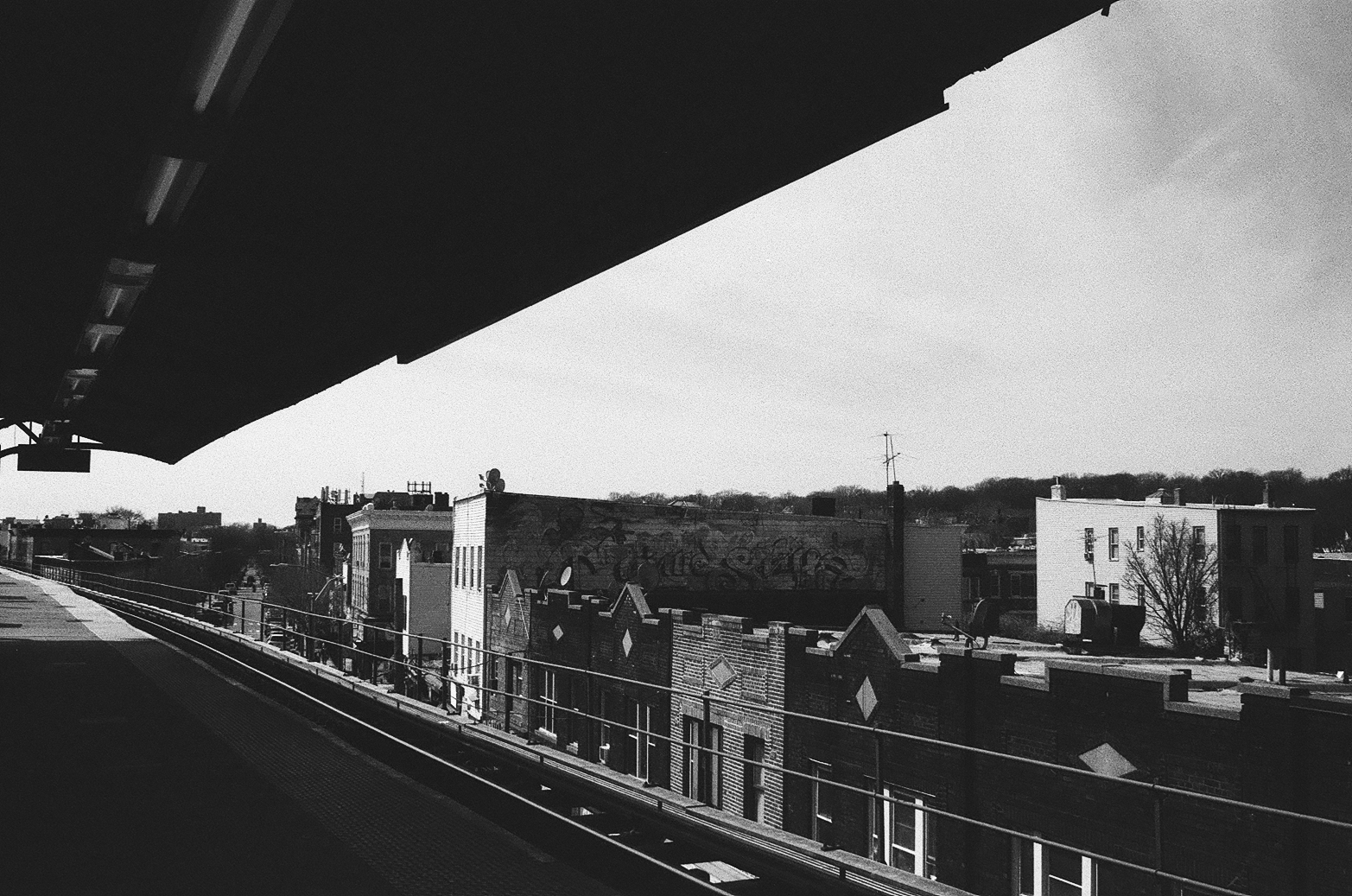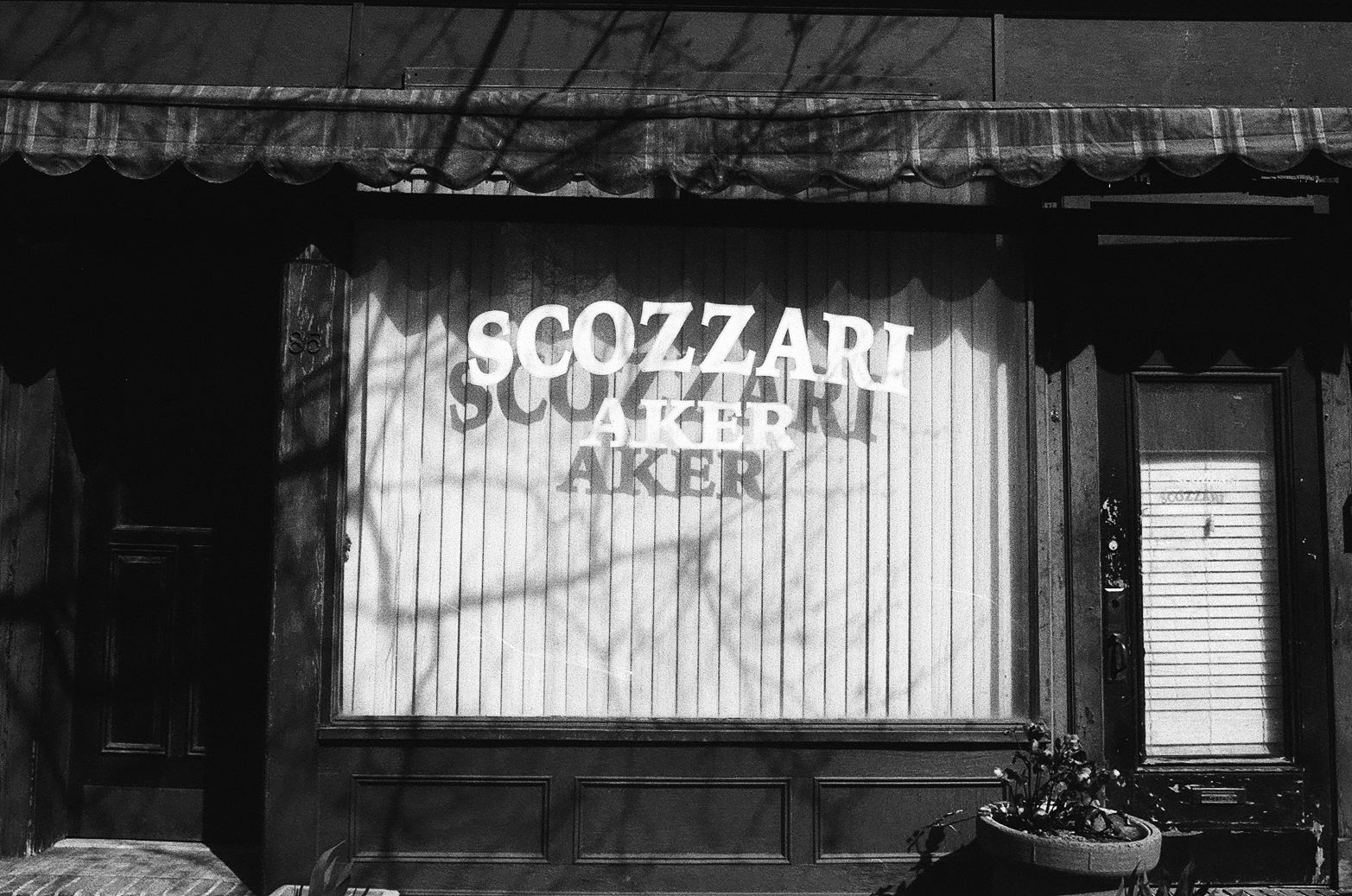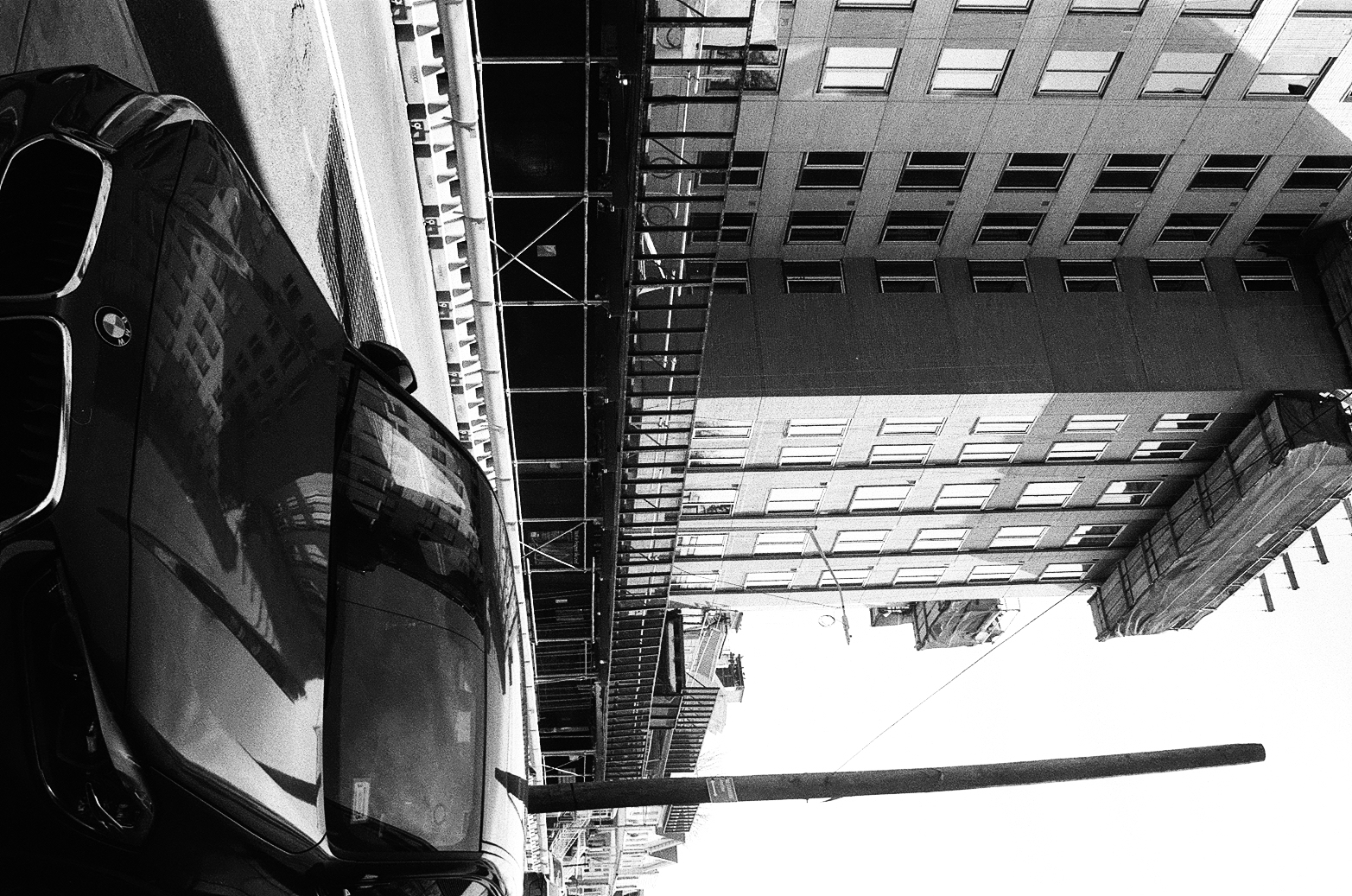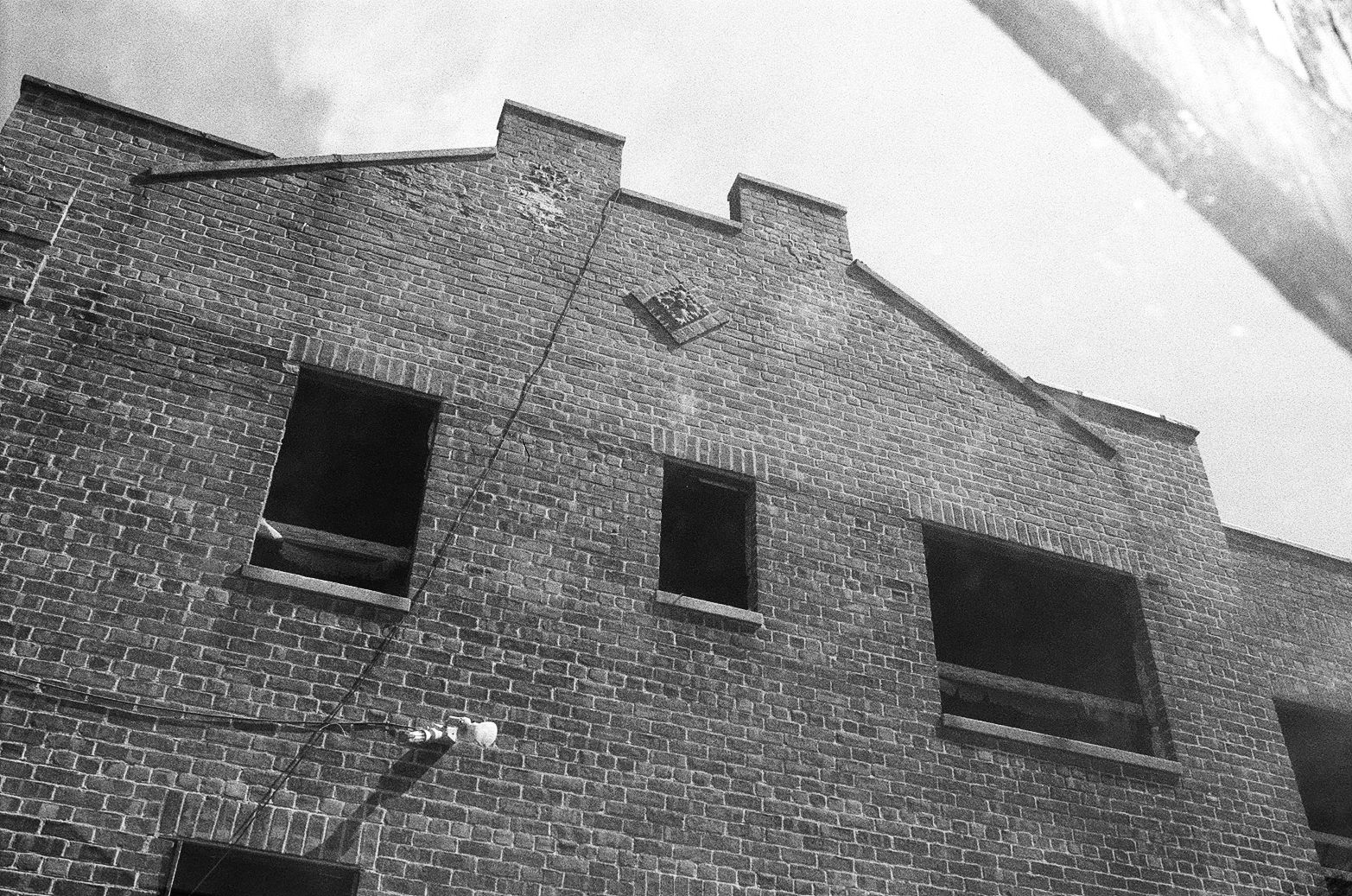Tyler Simnick
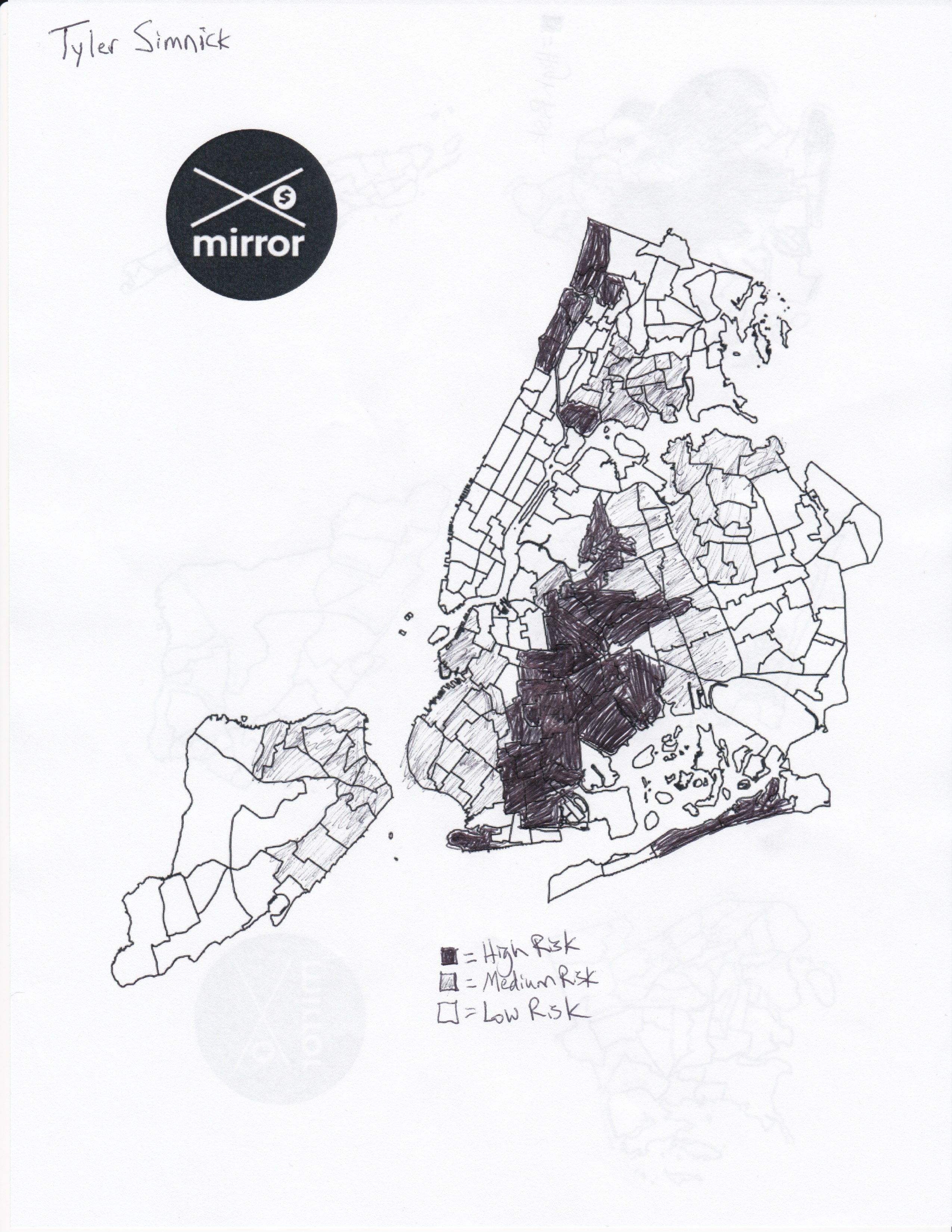

One of two non-native New Yorkers who were able to submit photos for the project, Tyler Simnick’s approach to photography is shaped by his perspective of a “naturalized” New Yorker. In his own words, he describes his relationship with the city:
“I moved to NYC in the fall of 2016 to pursue a career in publishing and have been here ever since. I’m originally from Indianapolis, IN. I first lived in Crown Heights, one apartment by Franklin Avenue and another by Kingston Avenue. I watched the neighborhood change during my time there and was priced out of where I was. I now live in Ocean Hill and see similar things happening. My partner is a native New Yorker and my experience with her and her memories and observations of how the city has changed is also an inspiration. As someone who firmly falls into the transplant category, I’m interested in the ways gentrification tends to eat its own eventually. I also have a passion for documenting urban environments, specifically those elements that help to define a sense of place against the growing trend of contemporary urban homogeneity. “
One of Tyler’s photos in particular reflects what he describes as gentrification eating its own. The photo depicts Kellog’s Diner, a late night food institution in Brooklyn for around 100 years. Based on the mapping of Tyler’s photographs, he took quite a few photos around this area in general which most would call Williamsburg. Diners are a staple of New York City culture and in the past were ubiquitous both in reality and in media (think Seinfeld). They’re a key part of the fabric that makes up New York City’s 24/7 culture. In one of our workshops, Andres and Tyler reflected how interest in moving to a place like New York City is partly driven by what they described as the media's focus on diners, delis, destinations and more. Kellogs, which has been open since 1928, is a fine example of that.
Up until 2022, the restaurant was a traditional Greek family diner, but now it’s been bought and is being respun into a Tex-Mex bistro. Because of historic designations of the building itself, the facade won’t be changing anytime soon while the food does. This switch up in the programming reflects a larger metaphor in the problem of gentrification in which the facade of the city remains the same but the the insides wither away.

